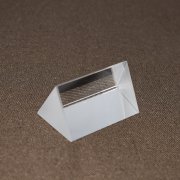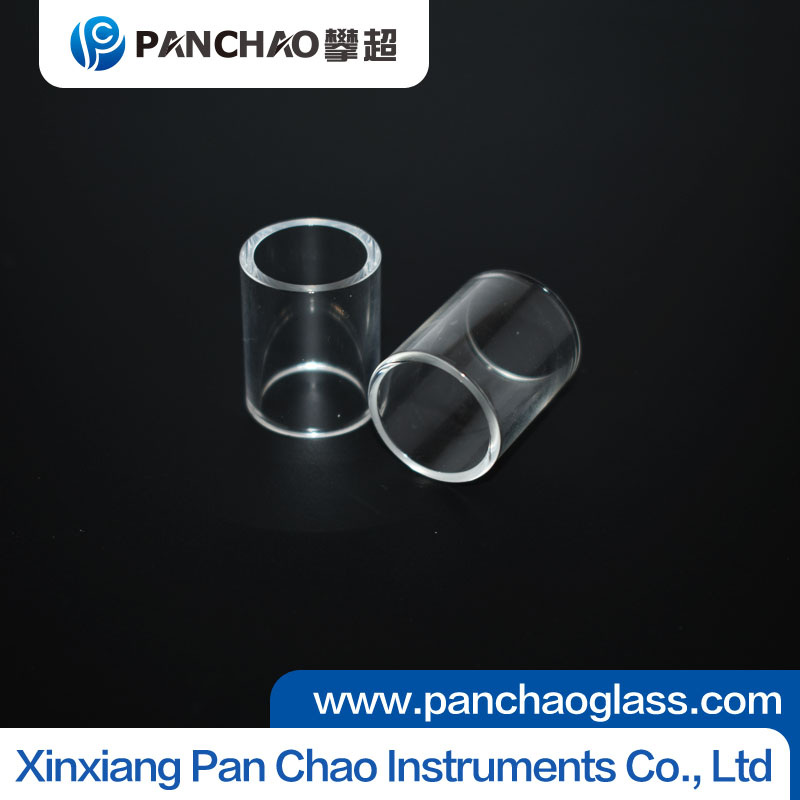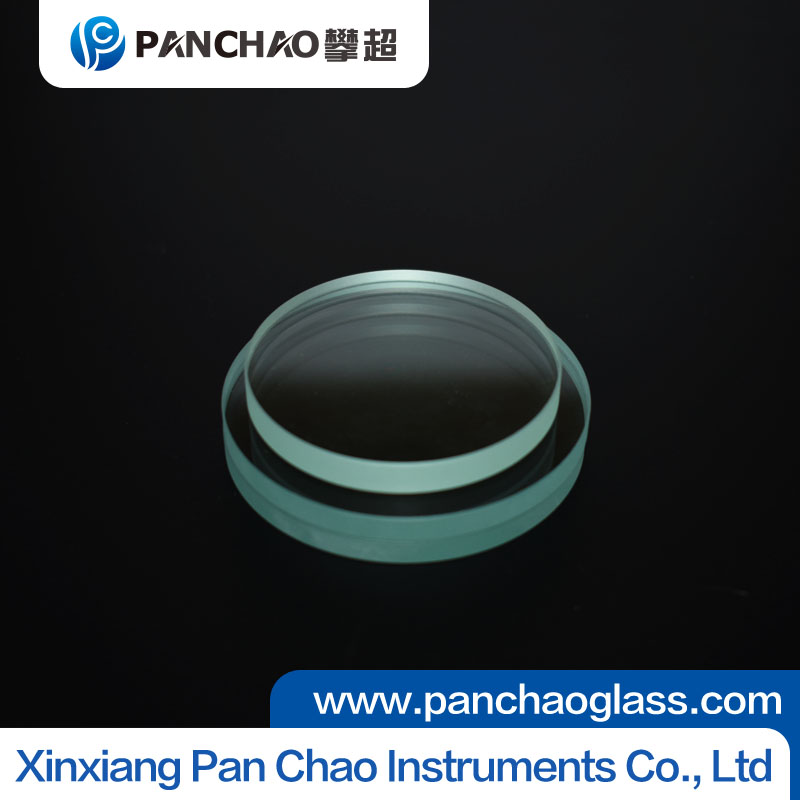
Testing the UV Transmission Performance of Small Quartz Glass Tubes
Quartz glass is renowned for its exceptional optical properties, particularly its ability to transmit ultraviolet (UV) light. Small quartz glass tubes, widely used in laboratories, sterilization devices, and optical instruments, undergo UV performance testing to confirm their suitability for demanding applications.
The test begins with spectrophotometric analysis, where UV light ranging from 200 to 400 nanometers is directed through the quartz tube. Unlike ordinary glass, which typically blocks most UV below 300 nm, quartz demonstrates high transmission rates—even in the deep UV range around 254 nm. This property makes quartz indispensable for UV lamps, photolithography, and germicidal systems.
In addition to transmission rates, tests also evaluate uniformity and stability. Small variations in wall thickness or impurities can reduce UV penetration, causing uneven performance. High-purity fused quartz generally shows transmission above 85–90% in the UV-C range, ensuring consistent output for sterilization and analytical tasks.
Durability under prolonged UV exposure is another critical factor. During testing, quartz tubes are subjected to extended UV irradiation to assess resistance to solarization—gradual discoloration caused by UV absorption. High-grade quartz exhibits excellent resistance, maintaining clarity and optical performance over time, whereas lower-quality glass may develop a yellowish tint that reduces effectiveness.
Practical tests also simulate operational conditions, such as high temperature or pressure, since quartz tubes are often used in environments where mechanical and thermal stability are just as important as optical clarity.
In conclusion, UV transmission testing confirms that small quartz glass tubes offer superior performance compared to ordinary glass. Their high transmission rates, resistance to solarization, and structural durability make them the material of choice for applications where reliable UV delivery is critical.
Related articles
- Unveiling the Craft of Custom Small Glass Tubes: Cutting, Fir
- How Heat-Resistant Is Borosilicate Glass Tubing? Why It’s t
- The Impact of Sight Glass Thickness on Safety and Optical Per
- From Boilers to Chemical Tanks: The Critical Role of Sight Gl
- Industrial Applications of Sight Glass: The Transparent Guard
- Industrial Applications of Sight Glass: The Transparent Guard
- Tempered Glass vs. Regular Glass: What’s the Difference?
- The Self-Protection Mechanism of Tempered Glass: Why It Crumb
- Choosing the Right Tempered Glass Thickness for Every Need
- Tempered Glass: The Perfect Balance of Strength, Safety &

Xinxiang Pan Chao Instruments Co., Ltd.
Tel: +86 13343800331
Contact person:Carrie Niu
Fax: 0373 303 0331
Email:sales@panchaoglass.com






